Submitted by nedragarrett_CDC on
Request reclassification in of work related elements
CDC requests that the Job occupation and industry data elements (USCDI V3) be reclassified into a Job data class instead of Patient Demographics.
CDC requests the creation of Job and Usual Work data classes (USCDI V3 and Level 2) as submitted. The existing Work Information data class (Levels 1 and 2) includes data elements that are part of different “themes” (subjects) and are used differently. A Job (a work situation or position, including some volunteer positions) is a different subject than Usual Work (longest-held work). Most of the data elements for job or usual work are related to the respective theme (Job or Usual Work), not the person. This structure is borne out in the way the data elements are configured in interoperability standards and ensures that the data retain meaning and are not confused across themes. Job Occupation and Usual Occupation tie the respective themes to a person.
As data elements characterizing a Job, Usual Work or a person mature, having separate data classes will support data quality and reduce the possibility of the same information being collected in more than one way. For example, this proposed classification scheme could help clarify the variations in Employment Status. A person’s Employment Status (level 1, Work Information data class) is defined by ODH and supported by a value set that facilitates selection of a single entry about the person (mutually exclusive values). Employment, as defined by the Gravity Project (Comment level, SDOH data class), is based on the “type and conditions of employment,” i.e., Job. A person working multiple jobs, or who has retired and taken another job, cannot provide a single entry about themselves using the related value set under development. However, making the distinction between a person’s state of being employed vs conditions of employment within a Job would provide clarity in data collection and use.


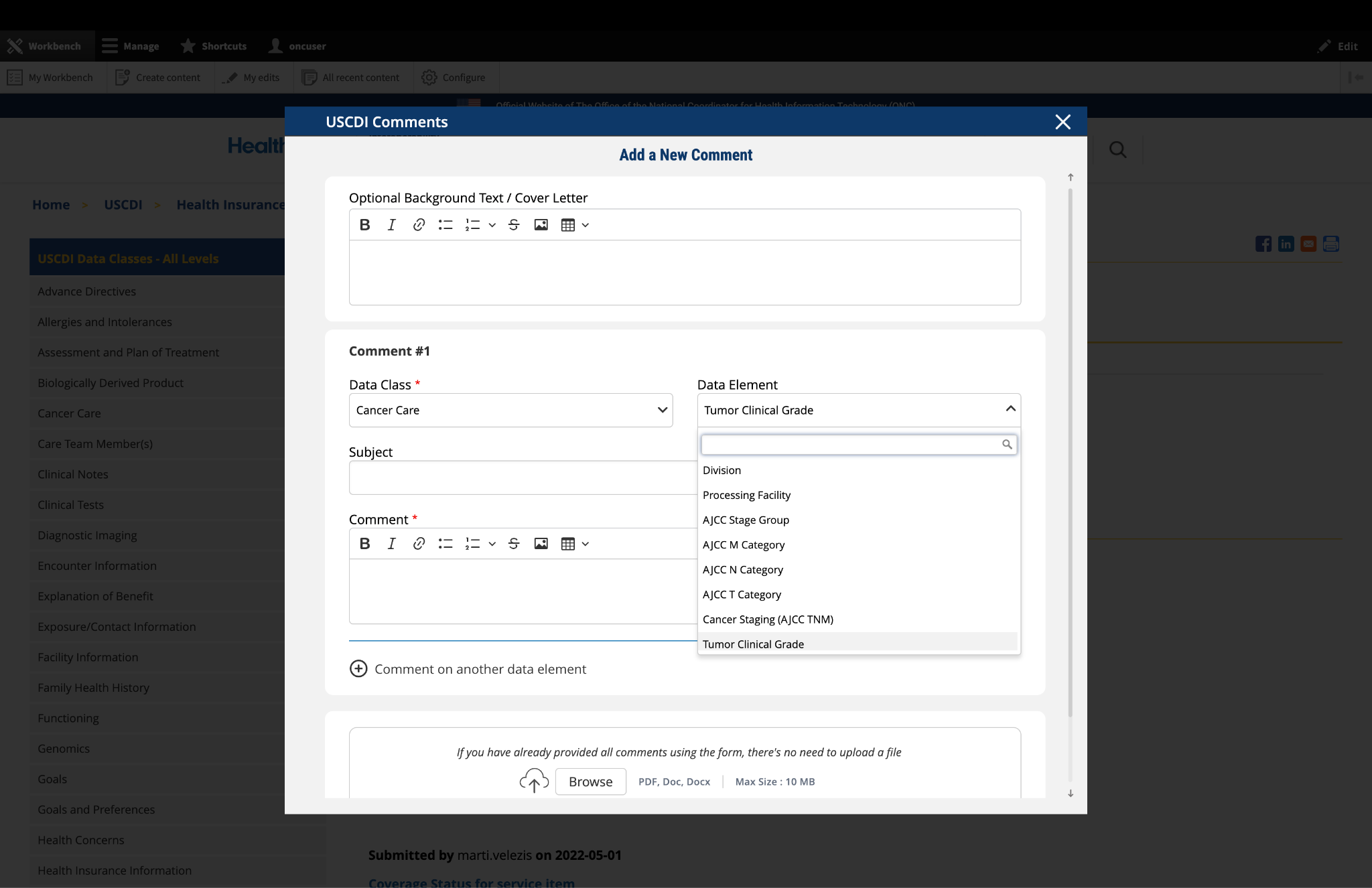
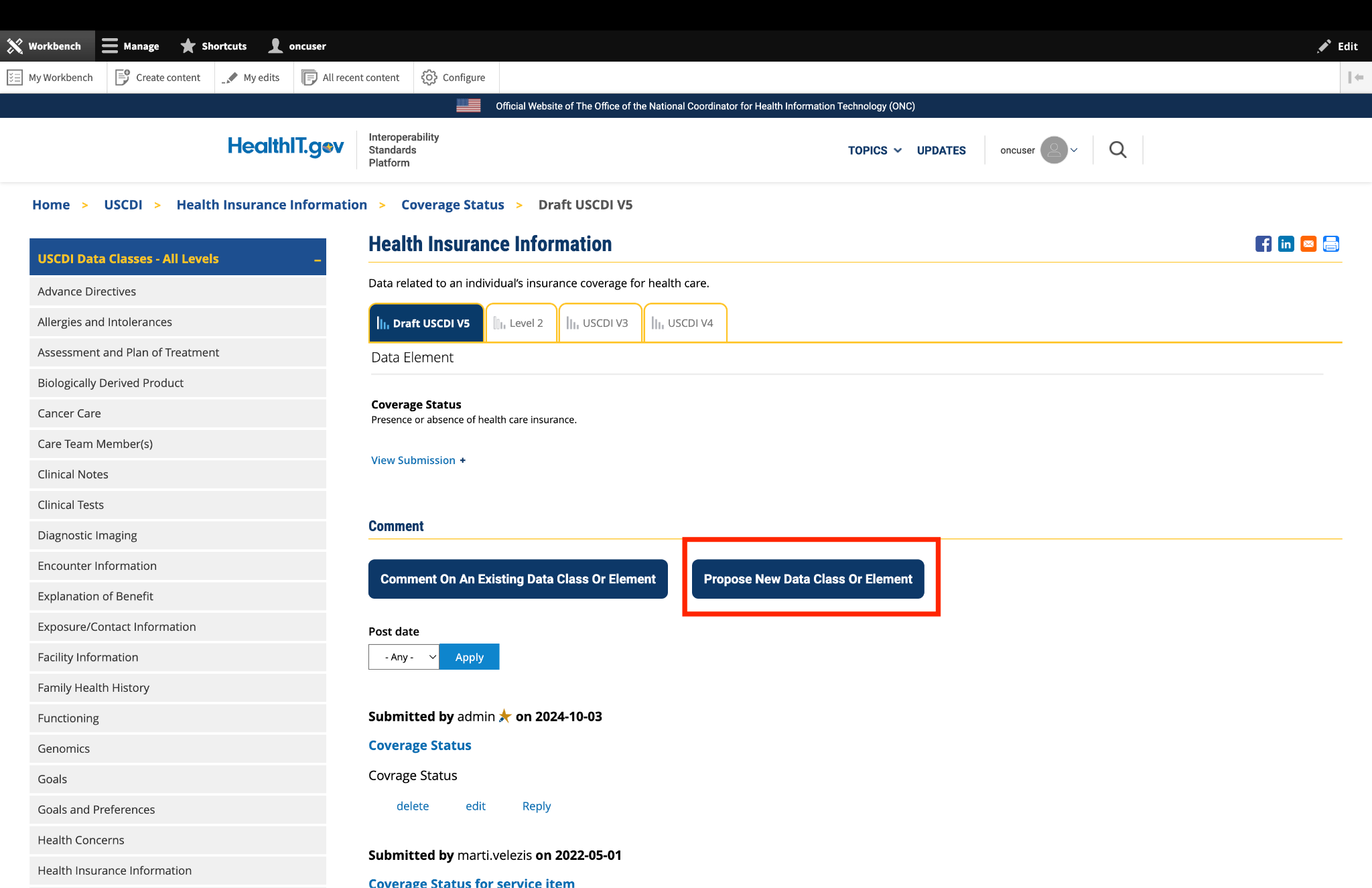
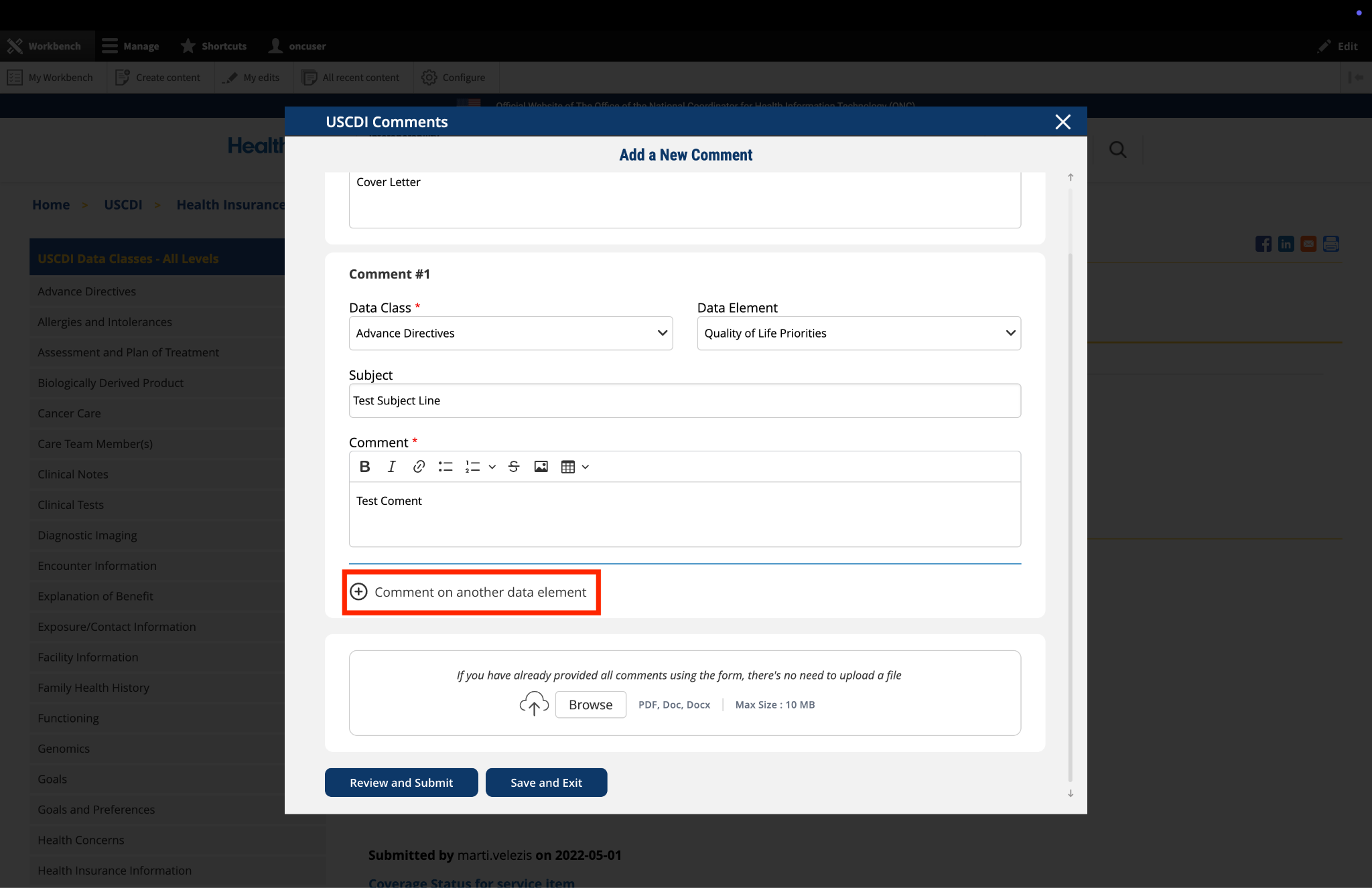
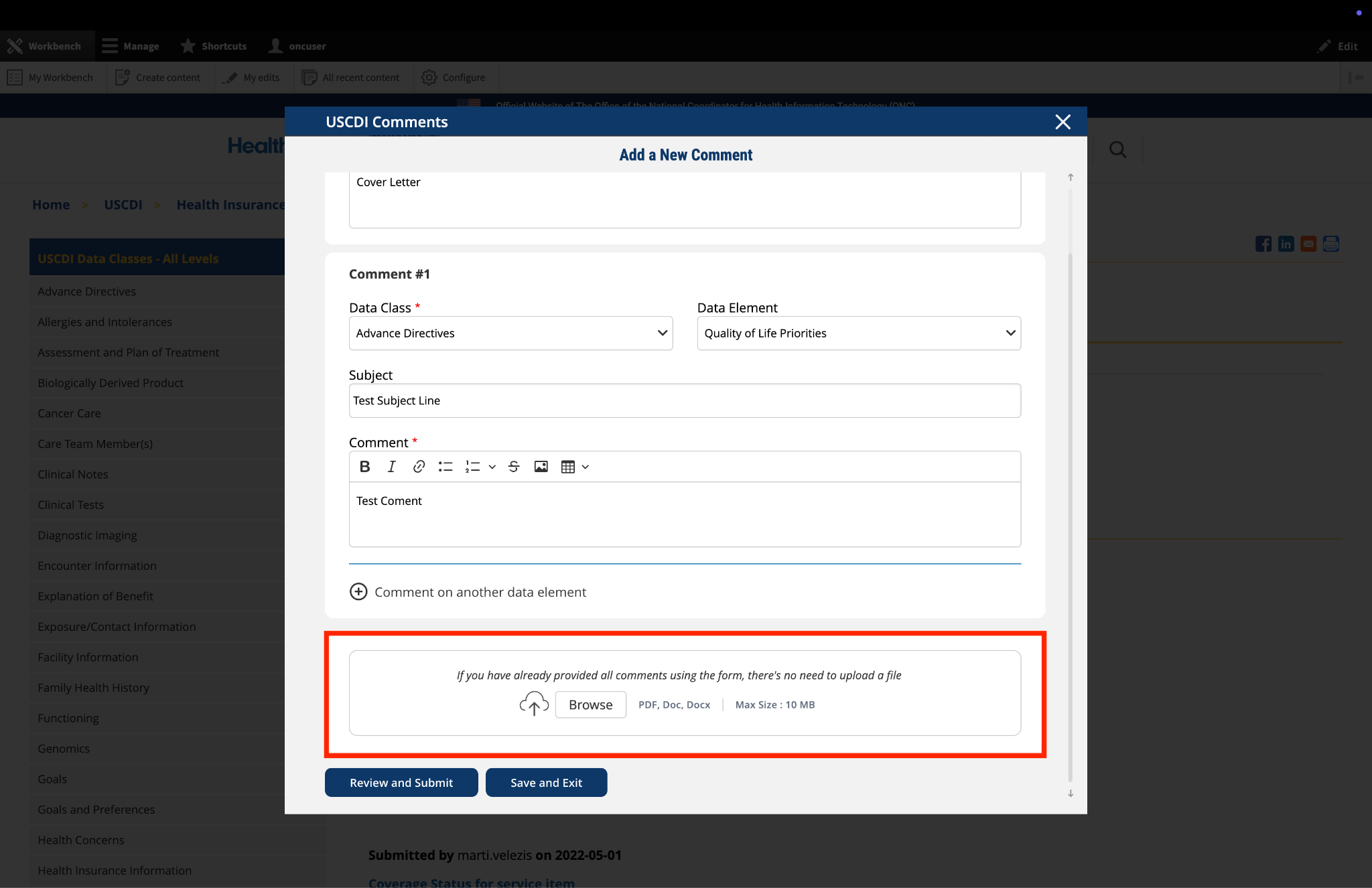
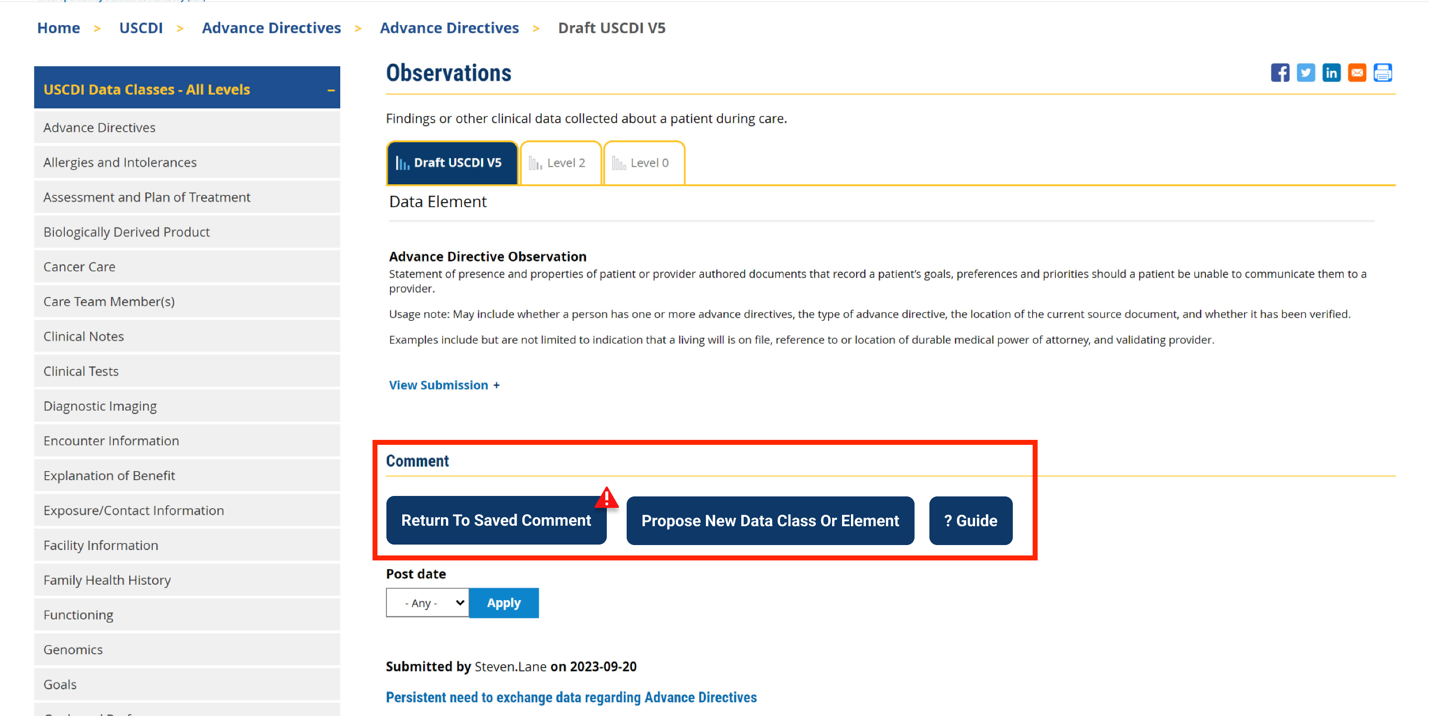
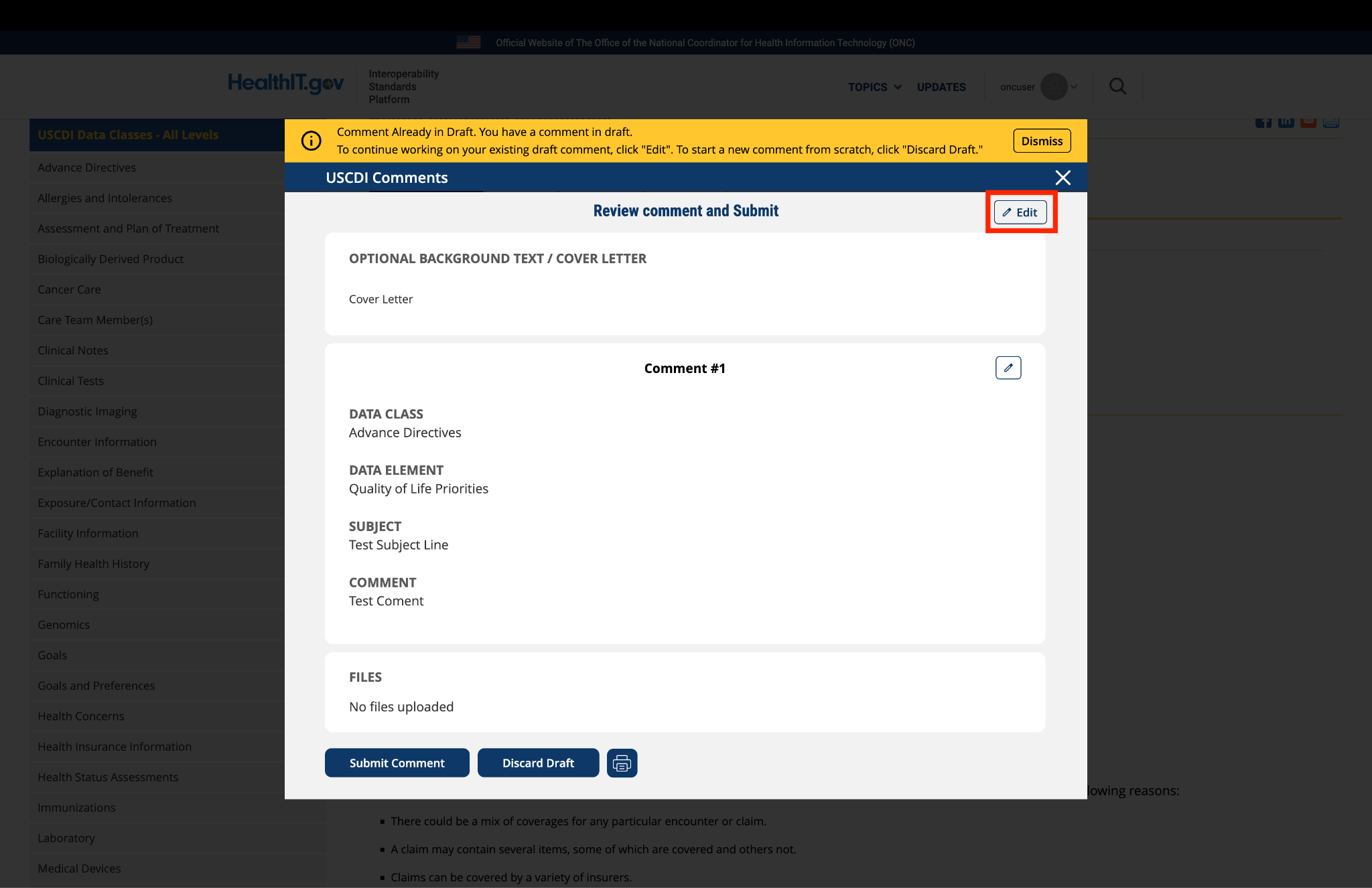
Submitted by nedragarrett_CDC on
CDC's Comment for USCDI v5
CDC suggests moving the data elements pertaining to Work Information to the new Observations data class to align with their representation in Fast Healthcare Interoperability Resource (FHIR) standards, improving visibility for implementers. Work Information data elements (Occupational Data for Health) are based on the Observation FHIR resource. The elements include Occupation and Occupation Industry currently in the USCDI V5 Patient Demographics/Information data class and the following elements under the Work Information data class outlined in USCDI Level 2:
Job Employer Address
Job Employer Name
Job End Date
Job Start Date
Job Supervisory Level or Pay Grade
Job Work Classification
Job Work Schedule
Usual Industry
Usual Occupation
Usual Occupation Duration
Usual Occupation Start Date
Lastly, the following elements listed under the Work Information data class listed under USCDI Level 1:
Combat Zone Period
Retirement Date
Employment Status